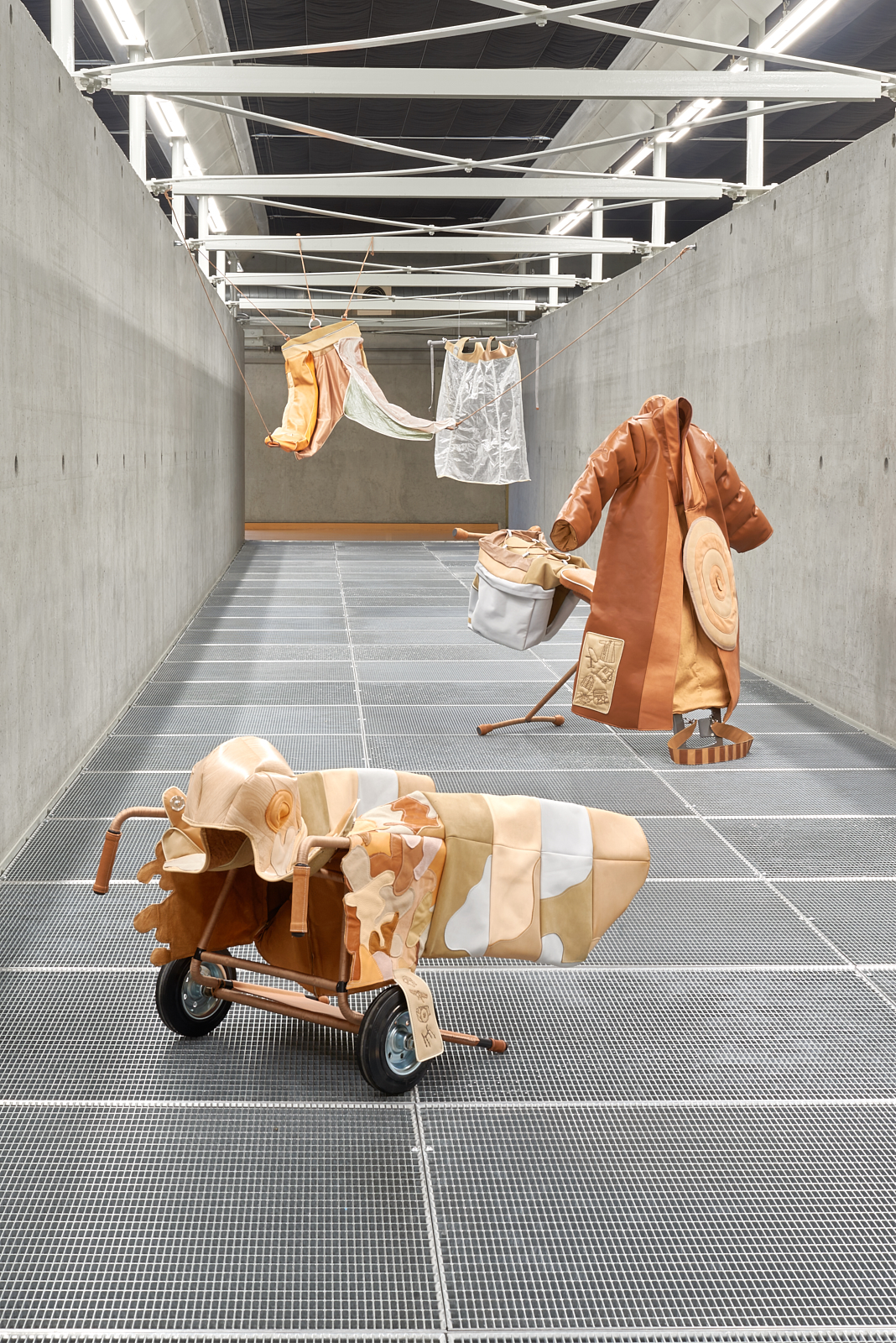

Leather, wooden mat, chair frame, piping cord, wax-coated thread, wheels, leather lace, cork fabric, snap button
70 x 64.5 x 89 cm

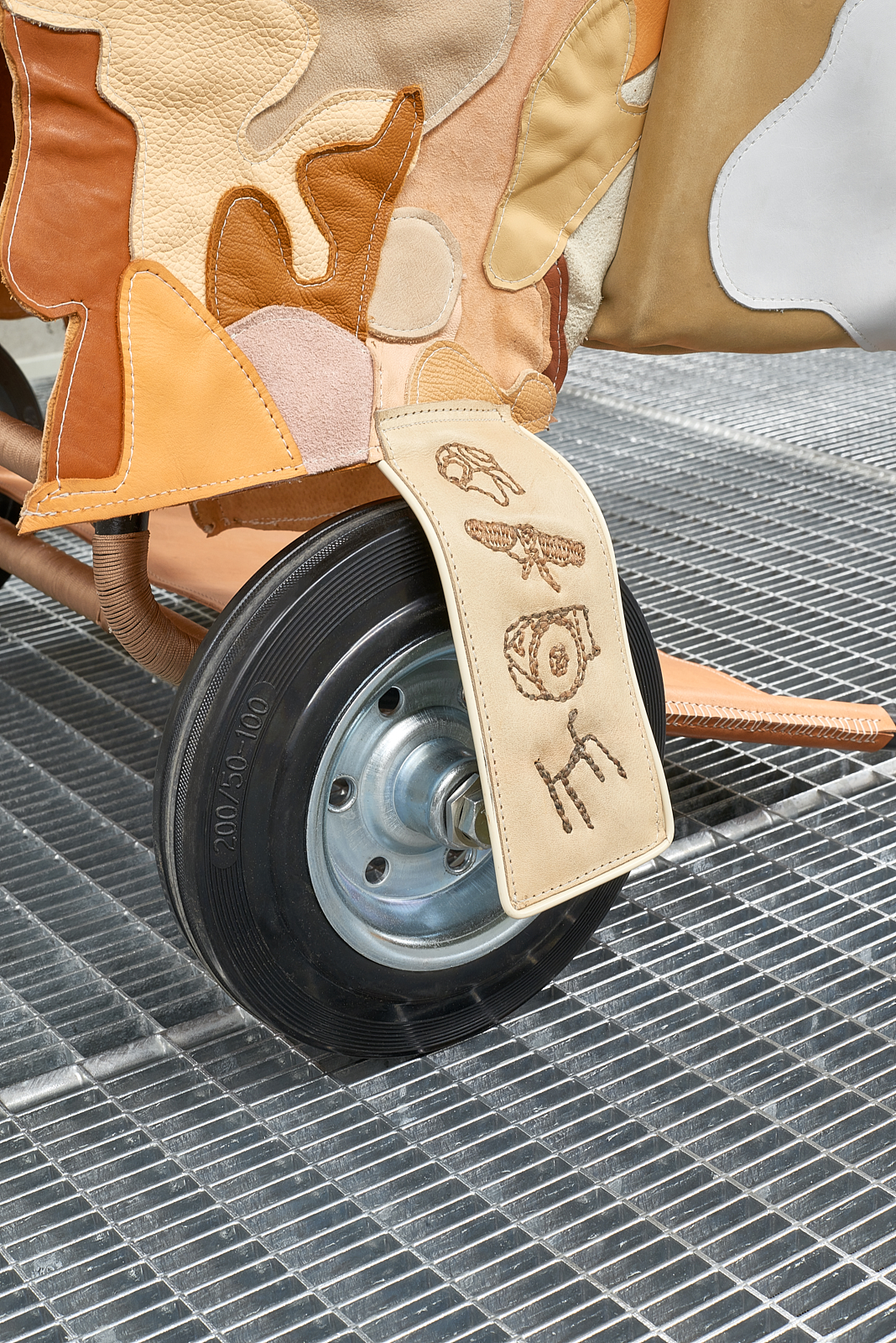
Leather, Iron board, wax-coated thread, toy stuffing, piping cord, bias tape, zipper, bag hardware, cork fabric, massage cushion
50 x 151.5 x 96 cm


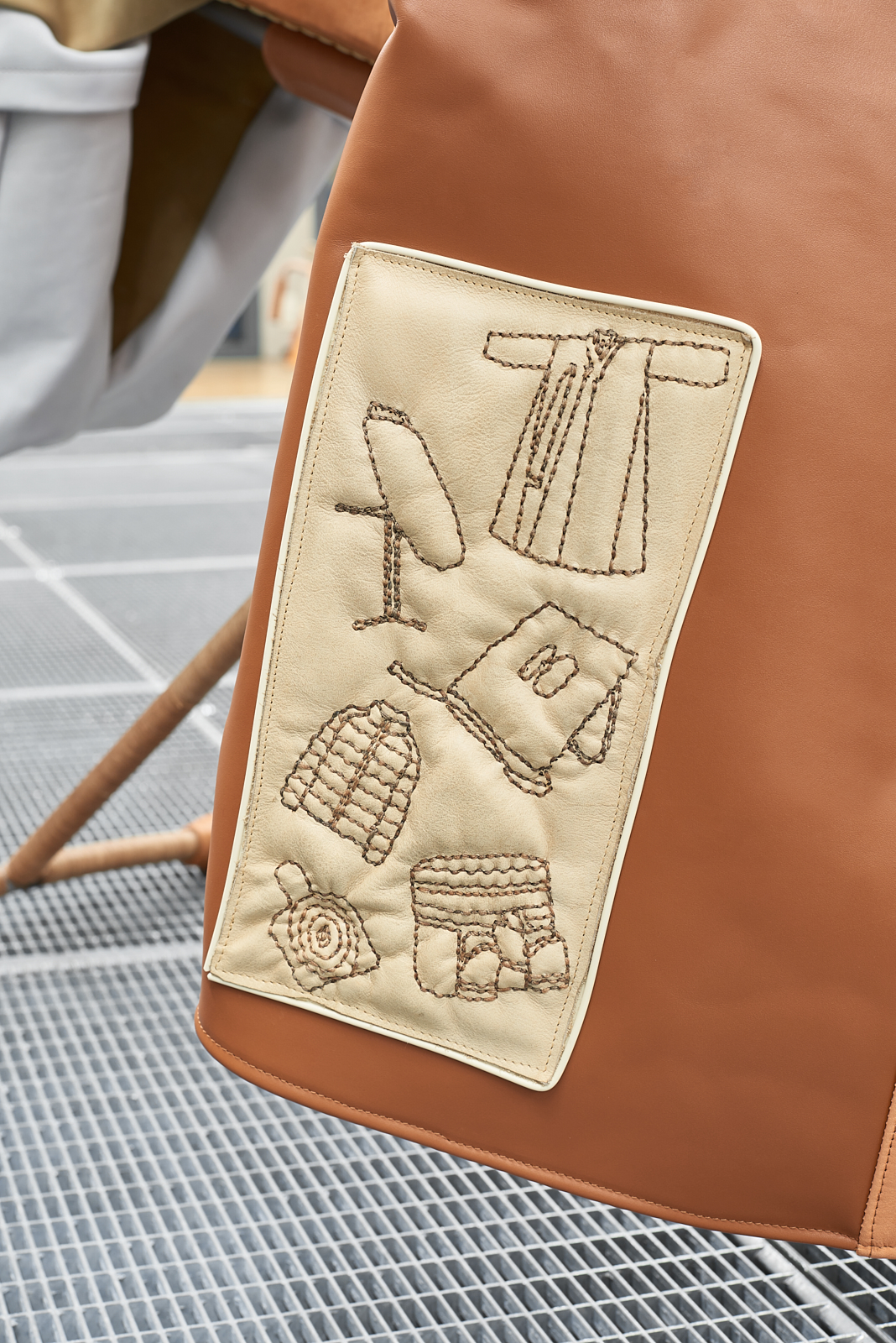
Leather, zipper, composite fabric, waterproof fabric, piping cord, bias tape, d-ring, mesh fabric, leather lace
130 x 10 x 138 cm
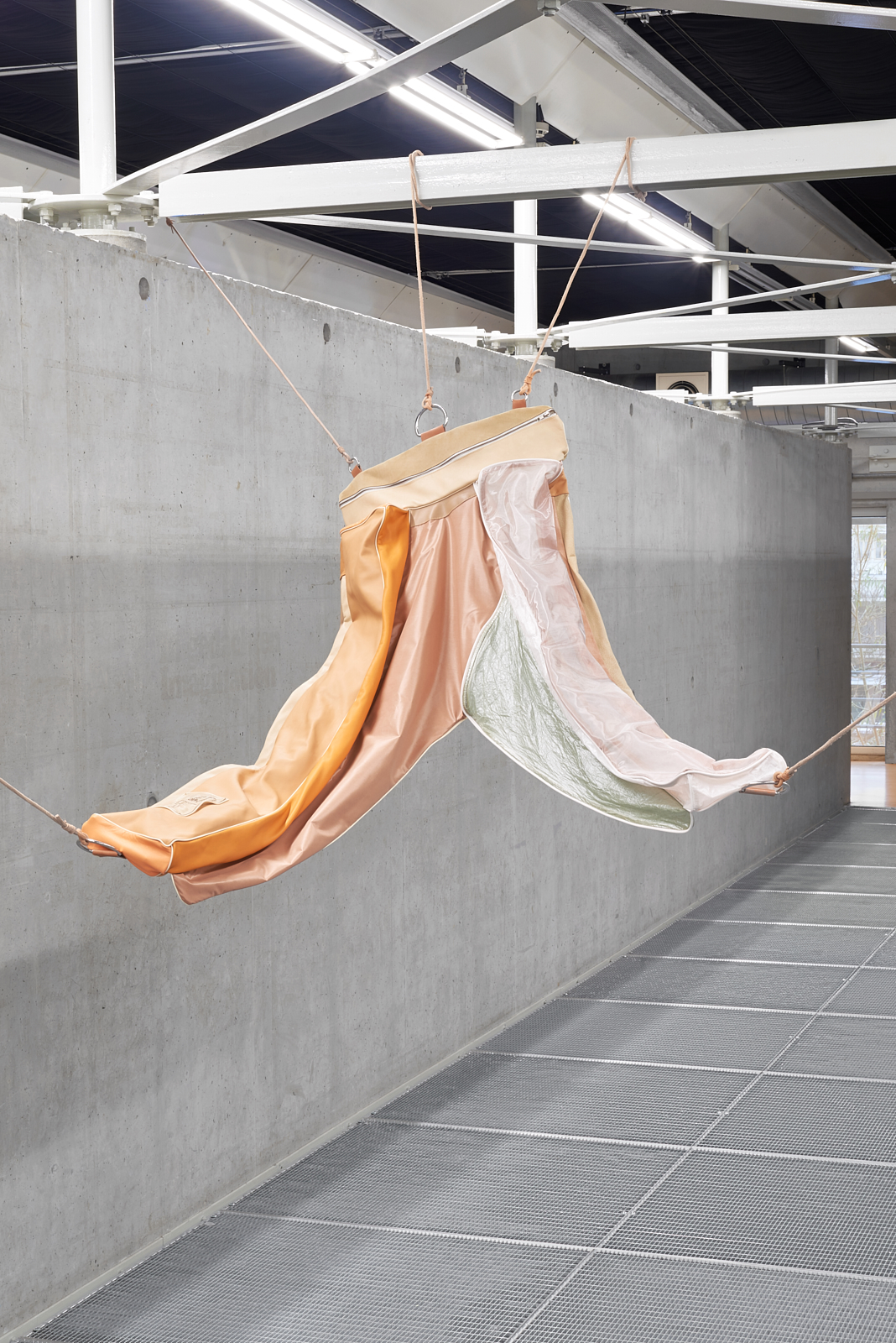

Leather, rollercoaster buckle, composite fabric, piping cord, webbing strap
175 x 140.5 cm

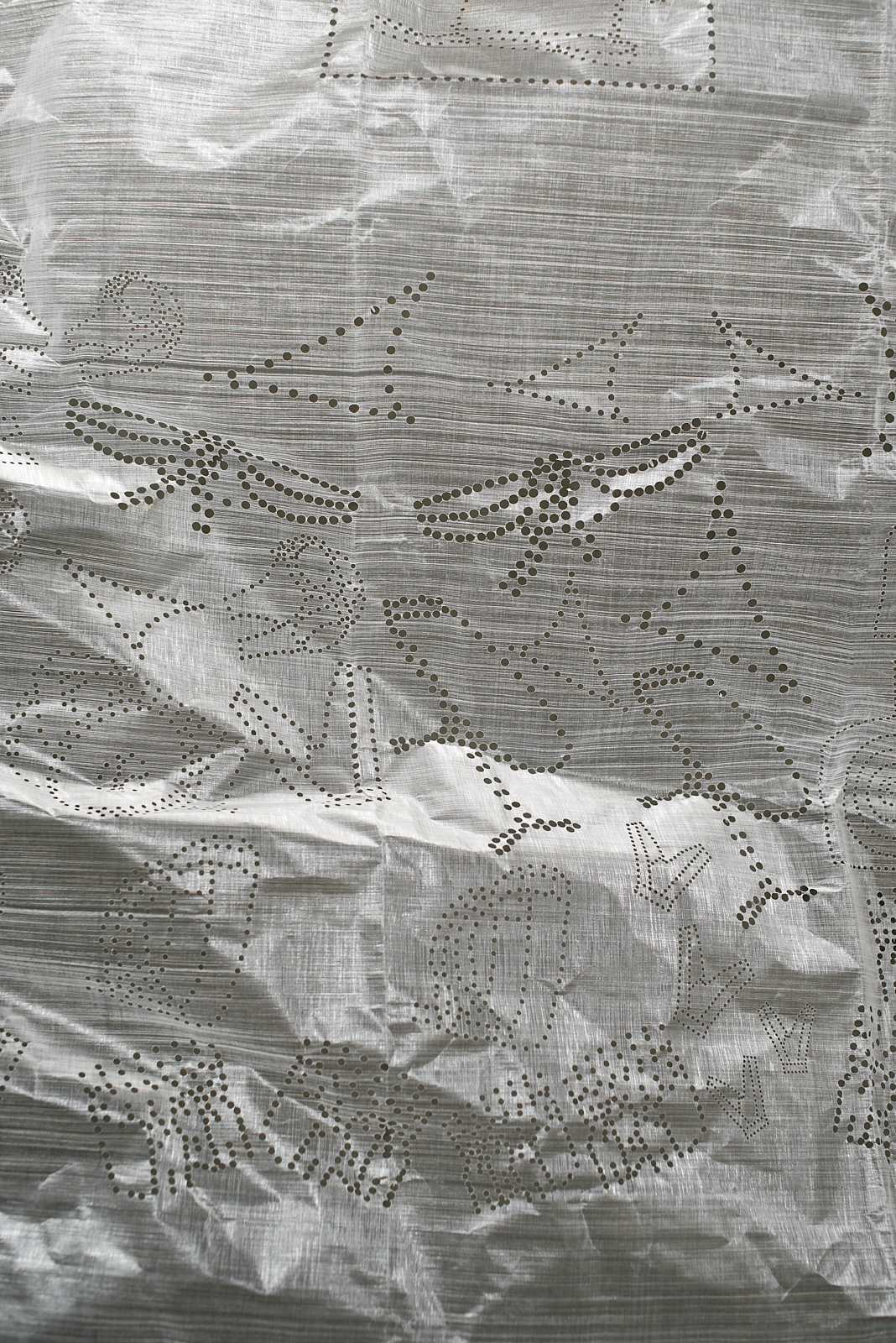
Driven by Hansol Kim’s persistent fascination with clothing, Kim takes a research-led and personal approach to reconfigure the definition of wearability. His sculptural objects lie at the intersection of garments and furniture, as they contest typical features of each field and ask to be considered as a completely new category of their own.
Kim’s current research is prompted by the tracing of symbiotic evolutions between furniture and garment designs through the lens of Korean and Western European culture. Through four sculptures, he investigates and compares the distinct design traits of Korean clothing and traditional Korean furniture, with Western European military war devices and common mass-produced furniture from Europe.
Wide sleeves on a short length traditional Korean jacket, or the low furniture that was developed to suit underfloor heating systems in Korea, are fused with juxtaposing elements of European military devices, such as the English one-man tank from 1917, or popular furniture pieces, which are now considered universal designs due to globalisation. By wedding the domestic function of furniture with the mobile use of clothing, Kim prompts us to explore behavioural patterns and lifestyle expressions of the originating cultures of objects. Ultimately, his new in-between objects encourage us to consider living in a more communicative manner alongside our objects, as we re-examine concepts of mobility, multiplicity, adaptability and flexibility while maintaining a reference to cultural contexts.